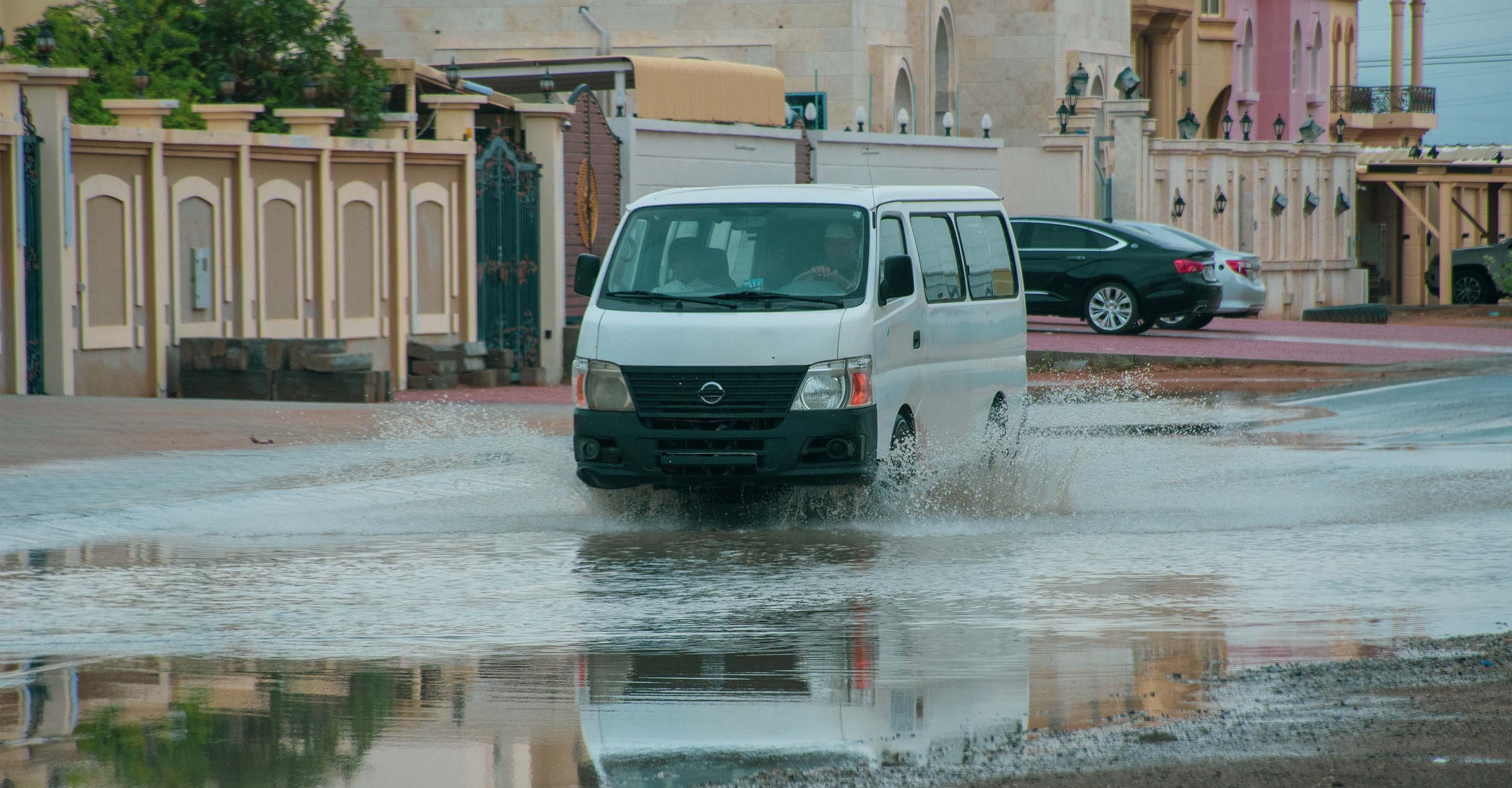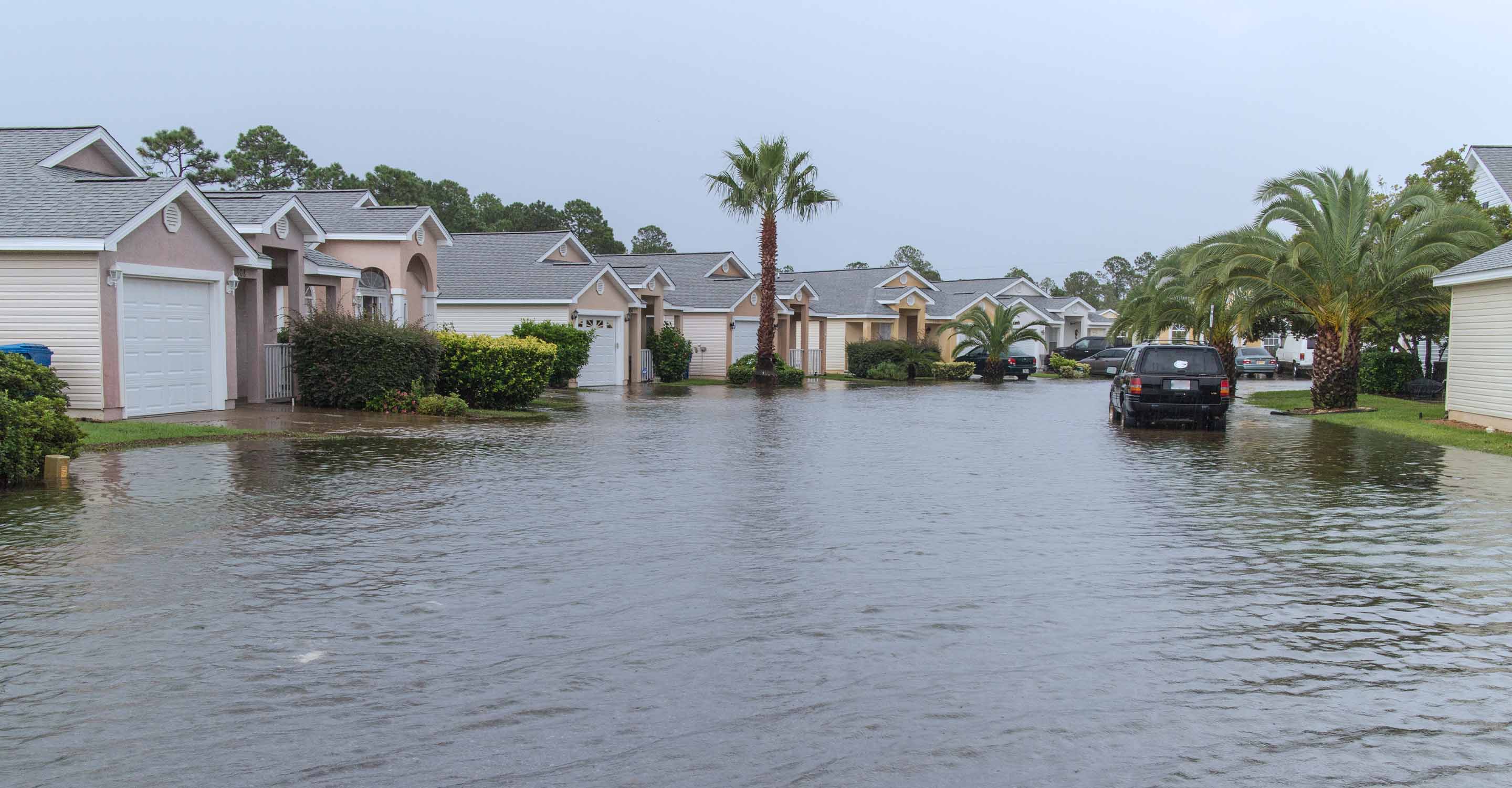Air quality in Weifang
Air quality index (AQI) and PM2.5 air pollution in Weifang
34.4K people follow this city

Weifang Air Quality Map
Real-time Weifang air pollution map
Weather
What is the current weather in Weifang?
| Weather | Broken clouds |
| Temperature | 62.6°F |
| Humidity | 38% |
| Wind | 10.6 mp/h |
| Pressure | 29.7 Hg |
live aqi city ranking
Real-time China city ranking
| # | city | US AQI |
|---|---|---|
| 1 | Xian, Shaanxi | 470 |
| 2 | Baoji, Shaanxi | 414 |
| 3 | Kashgar, Xinjiang | 322 |
| 4 | Guyuan, Ningxia | 310 |
| 5 | Alxa League, Inner Mongolia | 279 |
| 6 | Wuzhong, Ningxia | 279 |
| 7 | Weinan, Shaanxi | 269 |
| 8 | Shizuishan, Ningxia | 198 |
| 9 | Xianyang, Shaanxi | 195 |
| 10 | Jilin, Jilin | 183 |
(local time)
SEE WORLD AQI RANKING3D animated air pollution map

live Weifang aqi ranking
Real-time Weifang air quality ranking
| # | station | US AQI |
|---|---|---|
| 1 | High-tech Experimental School | 80 |
| 2 | Weifang seven middle school | 69 |
| 3 | Fangzi Post | 65 |
| 4 | Environmental Protection Agency | 64 |
(local time)
SEE WORLD AQI RANKINGUS AQI
63
live AQI index
Moderate
Overview
What is the current air quality in Weifang?
| Air pollution level | Air quality index | Main pollutant |
|---|---|---|
| Moderate | 63 US AQI | PM2.5 |
| Pollutants | Concentration | |
|---|---|---|
| PM2.5 | 18µg/m³ | |
| PM10 | 62µg/m³ | |
| O3 | 107µg/m³ | |
| NO2 | 20.5µg/m³ | |
| SO2 | 10µg/m³ | |
| CO | 300µg/m³ | |
PM2.5
x3.6
PM2.5 concentration in Weifang is currently 3.6 times the WHO annual air quality guideline value
Health Recommendations
What is the current air quality in Weifang?
| Sensitive groups should reduce outdoor exercise | |
| Close your windows to avoid dirty outdoor air GET A MONITOR | |
| Sensitive groups should wear a mask outdoors GET A MASK | |
| Sensitive groups should run an air purifier GET AN AIR PURIFIER |
Forecast
Weifang air quality index (AQI) forecast
| Day | Pollution level | Weather | Temperature | Wind |
|---|---|---|---|---|
| Tuesday, Apr 16 | Moderate 88 AQI US | 71.6° 51.8° | ||
| Wednesday, Apr 17 | Unhealthy for sensitive groups 101 AQI US | 77° 53.6° | ||
| Thursday, Apr 18 | Unhealthy 152 AQI US | 82.4° 59° | ||
| Today | Moderate 63 AQI US | 77° 57.2° | ||
| Saturday, Apr 20 | Moderate 67 AQI US | 69.8° 50° | ||
| Sunday, Apr 21 | Moderate 82 AQI US | 71.6° 51.8° | ||
| Monday, Apr 22 | Moderate 73 AQI US | 78.8° 51.8° | ||
| Tuesday, Apr 23 | Moderate 78 AQI US | 71.6° 57.2° | ||
| Wednesday, Apr 24 | Moderate 62 AQI US | 82.4° 55.4° | ||
| Thursday, Apr 25 | Moderate 98 AQI US | 84.2° 64.4° |
Interested in hourly forecast? Get the app
AIR QUALITY ANALYSIS AND STATISTICS FOR Weifang
How bad is the air pollution in Weifang now?
Weifang is a prefecture-level city in central Shandong province, China. As a prefecture-level city of Weifang administers 12 county-level divisions, including four districts, six county-level cities and two counties. In the 2010 census, the population was estimated to be around 9 million inhabitants of which 2.6 million lived in the metropolitan areas of Kuiwen, Weicheng, Hanting and Fangzi.
In the first half of 2021, Weifang was going through a period of “Moderate” quality air with a US AQI reading of 68. This United States Air Quality Index figure is recognised by the World Health Organisation (WHO) and used as a benchmark when comparing other cities. There are six main pollutants which are measured which help ascertain this figure. The concentrations of these six pollutants were as follows: PM2.5 - 20 µg/m³, PM10 - 90 µg/m³, ozone (O3) - 114 µg/m³, nitrogen dioxide (NO2) - 14 µg/m³, sulphur dioxide (SO2) - 11 µg/m³ and carbon monoxide - 300 µg/m³.
The advice given to people when the pollution levels are this high is to stay indoors as much as possible and to close doors and windows to prevent the ingress of more dirty air. Those people who are sensitive to pollution should avoid going out until the air improves. The table at the top of this page will help you to decide when it is safe to venture out again.
Is the level of air pollution consistent in Weifang?
Air pollution can be very volatile and can change quickly depending on many variables. It is affected by the changing weather throughout the different seasons of the year. The figures have now been released for 2020 on the IQAir website so it can be seen how it changes.
Weifang enjoyed the best air quality during the warmer summer months of May through till the end of September with “Moderate” quality air with figures between 12.1 and 35.4 µg/m³. The months prior to this from February to April saw quality that was “Unhealthy for sensitive groups” with figures between 35.5 and 55.4 µg/m³. And it was the same for the autumn months of October and November with 46.3 and 51.6 µg/m³ respectively. The remaining winter months of December and January returned readings between 55.5 and 150.4 µg/m³ which clearly put them into the “Unhealthy” category.
Records of air quality were first kept in 2017 when the average annual reading was 56.9 µg/m³. A marked improvement was seen the following year when the figure dropped to 52.6 µg/m³.
A slight increase was recorded in 2019 when the figure was 56.2 µg/m³. Another low figure of 49.9 µg/m³ was measured in 2021 but this might be artificially lower due to the restrictions imposed because of the COVID-19 pandemic when the use of personal vehicles was restricted and non-essential industry was also suspended in order to contain the spread of the virus.
Where does air pollution come from in Weifang?
As is the case with most industrialised cities the main pollution comes from industrial activity, vehicle emissions, rising dust and dirt and emissions related to the use of fossil fuels for energy production.
Much of the haze weather is related to the coal-burning pollution caused by the city’s existing heating pattern and the number one opportunity in the province. Exhaust pollution caused by the number of motor vehicles has a lot to do with it. In winter, coal burning becomes the cause of smog in northern cities, with coal burning, motor vehicles, industrial production, and dust as the main sources of pollution. Coal-fired emissions mainly come from coal-fired power plants, coal-fired central heating, residential burning, etc., related to PM2.5, PM10, and sulphur dioxide it has become the main pollutant in the haze weather.
With at least 9 million residents there will be a lot of traffic using the road on a daily basis. Many of these vehicles will be the heavy-duty diesel-powered delivery vehicles which can be notoriously dirty as far as their emissions go. According to statistics, the current number of cars in the city has reached 1.76 million, ranking first in the province. According to reports, the pollutants emitted by motor vehicles mainly include nitrogen oxides (NOx), hydrocarbons (CH), carbon monoxide and carbon dioxide, etc.
Another source of the smog in the city is the air in heavily polluted areas such as Inner Mongolia, Hebei, and Liaoning, which is "blown" into Weifang by the northwest wind.
What can be done to alleviate air pollution in Weifang?
Firstly, the local government must reduce coking capacity, promote the comprehensive improvement of commercial concrete enterprises and accelerate the ultra-low emission transformation of the steel industry.
Secondly the prevention and control of dust pollution must be addressed with strict implementation of dust prevention and control standards in construction sites, road cleaning, road construction and other fields. They must also promote the use of new dust suppression materials, continue to carry out special actions for law enforcement inspections of transportation of loose, powdery material, and accelerate the reduction of road dust.
Vehicle exhausts must continue to be monitored and controlled. The prohibition and restriction of heavy diesel trucks, and to continue the elimination of substandard vehicles and punish illegal behaviours such as excessive exhaust emissions.
Something else to consider id the cessation of use of coal in central urban areas for heating homes during the cold winter months. The ambitious plan would ensure that all form of heating are sustainable of low emission.
What does all this poor quality air do to the human body?
Studies have shown that the effects of pollutants on the lungs are "irreversible".
The School of Public Health of Fudan University in Shanghai organised a study on the damage of haze to biological organs and tissues. Studies have found that PM2.5 not only affects the phagocytic function of alveolar macrophages after entering the lung tissue, but also causes cell death. At the same time, PM2.5 can cause changes in the biochemical composition of lung tissue and the release of inflammatory factors, induce inflammation, and lead to lung disease and even lung cancer. There is evidence that exposure to outdoor air pollution can cause lung cancer. The greater the exposure to particulate matter and air pollution, the greater the risk of lung cancer.





